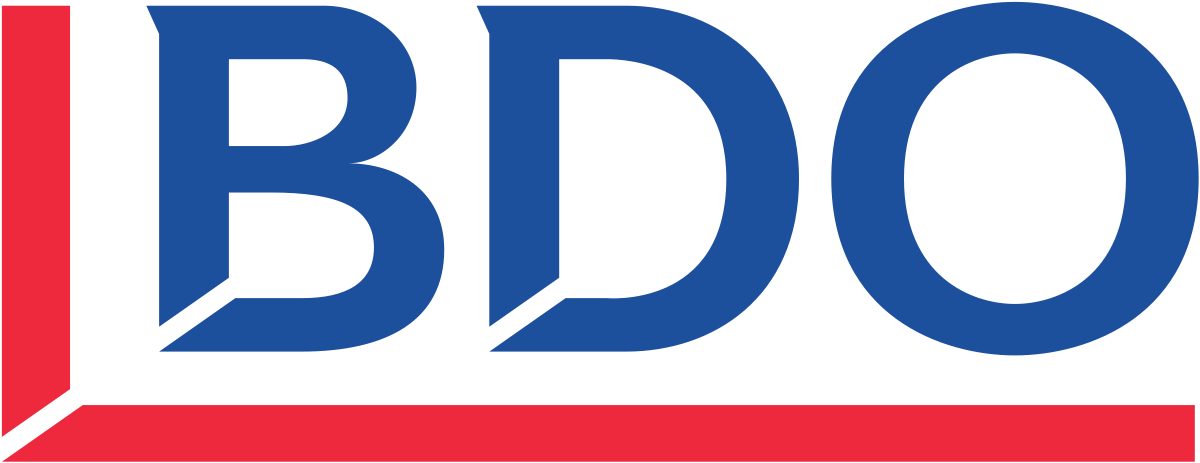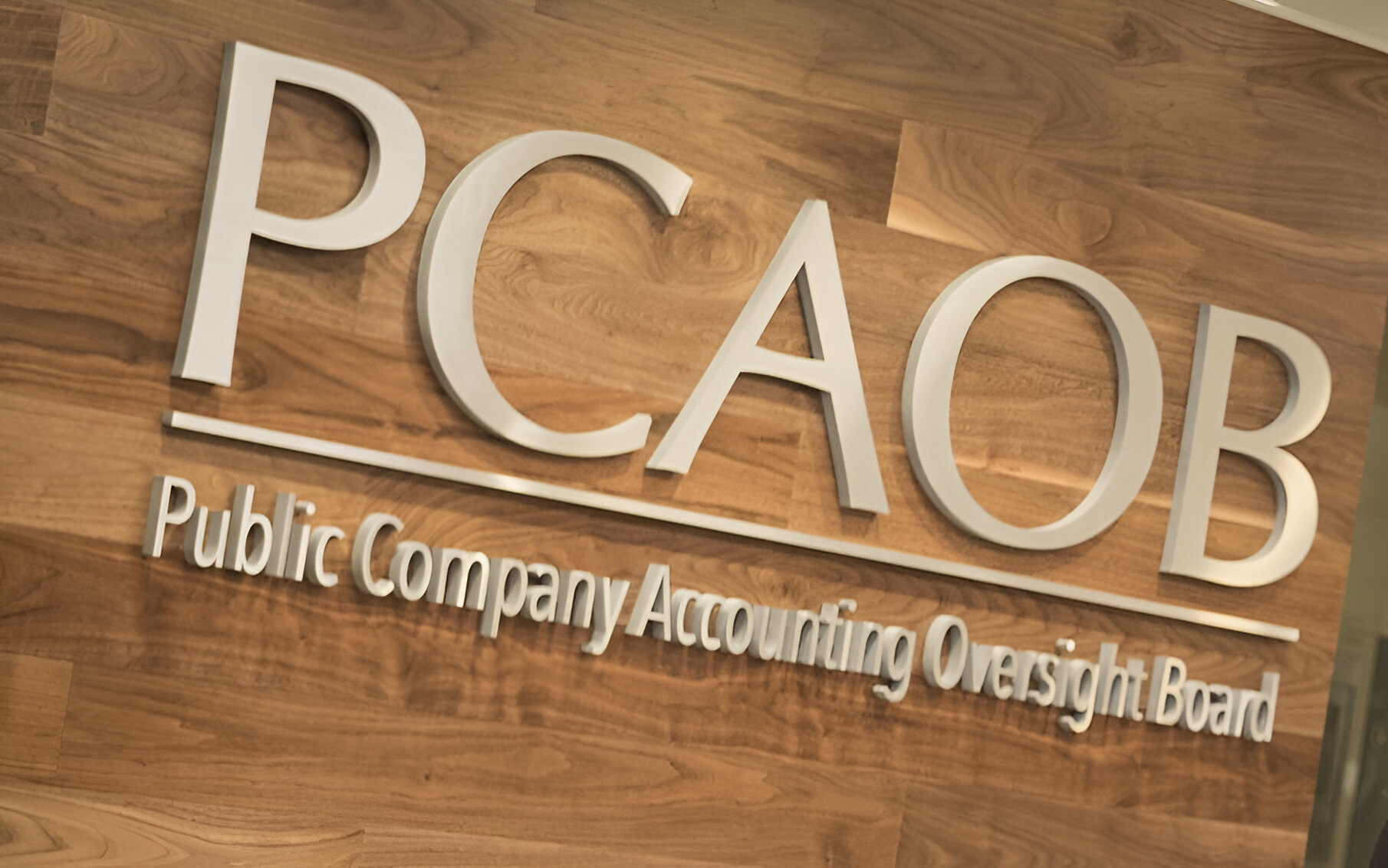In the wake of changes to the federal tax code, data privacy regulations, as well as new guidelines for financial reporting and recognizing revenue, nearly two-thirds (63 percent) of nonprofits cited regulatory and legislative challenges as a top pain point this year, according to findings from BDO’s annual Nonprofit Standards benchmarking survey. The survey gives nonprofits a useful barometer to measure performance across a variety of areas including strategic planning, human resources, operations, scope and impact and governance matters.
The third annual nonprofit benchmarking survey by the BDO Institute for Nonprofit Excellence outlines insights from industry leaders on both the state of their organizations, and their outlook for the future.
With an evolving regulatory landscape and increased macroeconomic uncertainty, it is more important than ever for nonprofits to operate with a business mindset, while continuing to put their mission first. Top takeaways include:
1. Organizations are at a growing risk of falling into the starvation cycle: underfunding necessary infrastructure—new technology, employee training and fundraising expenses—in favor of high programmatic spending. The majority of organizations surveyed (72 percent) allocated 80-100 percent of their spending to program-related activities in the past fiscal year. At the same time, nearly two-thirds (63 percent) of nonprofits maintain reserves equivalent to six months or less of operating costs. While the right level of operating reserves varies by organization size and sector, it’s important for nonprofits to establish an appropriate financial safety net. “While low levels of reserves might seem like a cause for alarm, that’s not always the case. Some organizations may be deliberately choosing to fall below target reserve levels in order to make strategic, one-time investments in infrastructure or programming,” said Adam Cole, partner and co-leader of BDO’s Nonprofit & Education practice. “Even so, lacking adequate reserves could pose a major risk if funding sources dry up unexpectedly—particularly as organizations and donors alike prepare for a potential economic downturn.”
2. Investment in technology is a priority, but not without a clear ROI. Nearly two-thirds of organizations surveyed are planning to invest in new technologies this year. However, with limited financial and human resources, nonprofit organizations are gravitating towards technology tools that allow them to do more with less, like management platforms or software, including those that assist with tasks like fundraising or social media (66 percent); data analytics (56 percent); and automation (33 percent).
3. Mission + Compensation = Employee Satisfaction. While compensation remains the most widely-cited employee satisfaction challenge for organizations, with 78 percent rating it a high or moderate challenge, compensation alone does not guarantee employee retention. Nearly one in four organizations ranked ‘disconnect from mission’ as a high or moderate issue for employees. This is particularly relevant for organizations that may be dealing with financial concerns—more than a third of organizations operating at a net loss rank mission disconnect as their top employee challenge.
“Employees value both the social and financial aspects of nonprofit work, and retaining them requires the best of both worlds,” said Laurie De Armond, partner and co-leader of BDO’s Nonprofit & Education practice. “Nonprofits who take a business mindset to their recruitment and retention policies will work with their best assets—highly impactful and rewarding work—to promote internally and externally the value of a nonprofit career.”
Other top findings include:
Human Resources
· Nearly half all organizations surveyed increased salaries between three to four percent.
· Employee training and development is another top issue, with 68 percent of organizations considering it a moderate to high challenge.
· The majority of organizations don’t consider flexible work to be a significant challenge. Sixty-three percent offer flexible work schedules and nearly half either offer flexible work arrangements or the option to telecommute.
Scope & Impact
· Only 22 percent of all nonprofits meaningfully expanded the scope of their work this year, possibly due to concerns and uncertainty around funding and economic growth.
· Nearly all organizations (96 percent) communicate the impact of their programs outside of their organization, but nearly half of organizations say a quarter or more of their funding sources requested additional information on outcomes and impacts during their last fiscal year.
Health & Human Services (HHS):
· HHS organizations saw a large amount of growth in the past year: 31 percent expanded the scope of their work compared to only 18 percent of other nonprofits.
· As a result, managing growth was ranked a higher concern for these organizations—over half (56 percent) ranked it as a high or moderate challenge, compared to 48 percent of their nonprofit peers.
· Organizations in this sector have been hit hard by political and regulatory uncertainty: 55 percent rank an increase in regulation as a high or moderate challenge, compared to only 34 percent of their peers.
Thanks for reading CPA Practice Advisor!
Subscribe Already registered? Log In
Need more information? Read the FAQs




